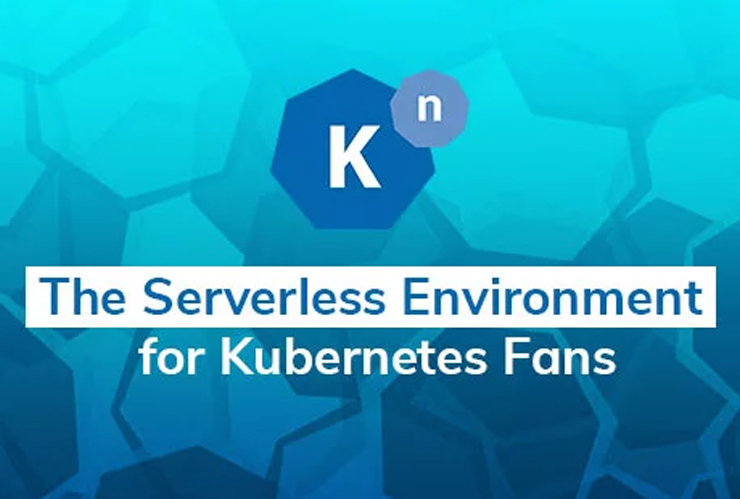

Serverless computing abstracts away all infrastructure management and lets you run your application without worrying about the underlying infrastructure. Although there’s an upswing in serverless computing, there was no one standard and several developers were not sure of a Cloud-lock in. But then Google, in collaboration with Red Hat, Pivotal, SAP, and IBM, developed Knative as an open source platform. Knative runs on top of the Google Cloud Kubernetes container orchestration system that controls several containers in a production environment. With Knative, the application codes can run independently from the underlying platform or infrastructure, so that you are no longer roped to just one specific Cloud provider.

Serverless computing helps in deploying codes, which can make cloud-native software even more productive. Instead of a long-running software waiting for new requests (meaning you’ve to pay as you go), the hosting setup will only fetch instances of the code on a “when needed” basis. This also signifies that it will scale up and down as per the demand of your code varies. Serverless computing assists in diminishing needless computing power.
Knative breaks down the difference amongst software services and functions by empowering developers to build and run their containers as both. It will take care of the infra details, while the developers can focus only on the code.
Benefits of Knative
Knative empowers developers to effortlessly leverage the full potential of Kubernetes, the actual cross-cloud container orchestrator. Even though Kubernetes offers a comprehensive toolkit for allowing the application operator, it offers fewer in-built convenience for developers. This is solved by integrating automated container build, auto-scaling, and fast serving on top of Kubernetes with the help of Knative so that you can enjoy the benefits of serverless on the flexible Kubernetes platform. Moreover, Knative applications are completely portable, facilitating hybrid applications, which can run on on-prem and the public cloud.
Knative in combination with Kubernetes forms a platform that has all the unique abilities to run serverless, batch, stateful, and Machine Learning workloads alongside one another. This implies that developers can use the existing Kubernetes abilities for monitoring, logging, identity, authentication, security and more, across all modern applications. This saves effort and time, diminishes fragmentation and errors, and improves time-to-market.
Enabling Serverless Computing With Knative
The primary components of Knative are—Build, Serve, and Event—for addressing the best practices for developing serverless applications on Kubernetes.
Let’s take you through the normal development process for with Knative:
Step 1: With the use of the Spring Initializr or the Thorntail Project Generator create your cloud-native application. Initiate executing your business logic with the 12-factor app methodology, and you can also perform assembly testing to check whether the function works appropriately in the local testing tools.
Step 2: Through the Knative Build component, start building container images from the source code repositories. You can outline multiple steps, like setting up dependencies, running integration testing, followed by pushing the container images to your protected image registry to use the existing Kubernetes primitives.
Step 3: After it’s done, start deploying and serving the container applications as serverless workloads via Knative Serving component. You can see that Knative will automatically scale up your serverless containers on Kubernetes and then scale them down to zero if no requests are there to the containers for a particular period (e.g., three minutes). More significantly, the ingress and egress networking traffic of serverless workloads will be addressed by Istio automatically in multiple, secure ways.
Step 4: Now, you’ve to bind running serverless containers to an array of eventing platforms, such as FaaS, SaaS, and Kubernetes, using the eventing component of Knative. Here, you could define subscriptions and event channels that are delivered to your services through a messaging platform like Apache Kafka.
Conclusion
To conclude, if you are looking to build serverless applications on Kubernetes platform, Knative will definitely save a lot of time. It can also simplify the developers’ jobs by concentrating on functions by developing serverless applications, or cloud-native containers.
If you’re looking to build serverless applications on Kubernetes platform using Knative, Niveus Solutions can help you out with the best services. Being a partner of Google, our architects can build a solution that will fit the needs of your organization. Contact Us today to initiate your digital journey.











